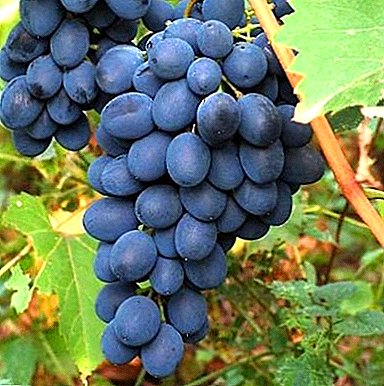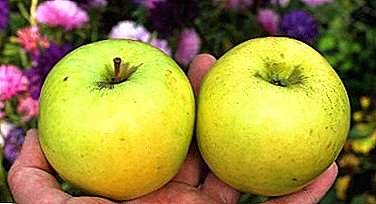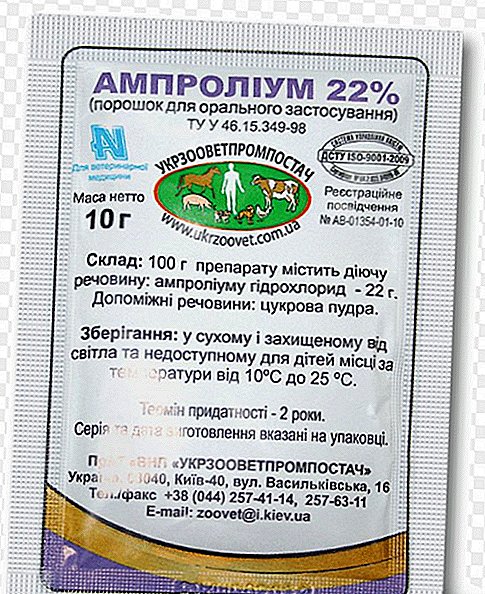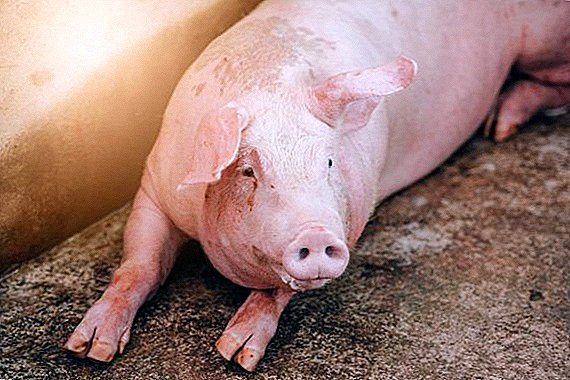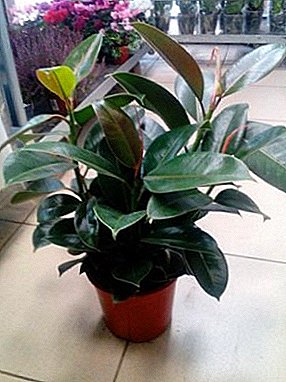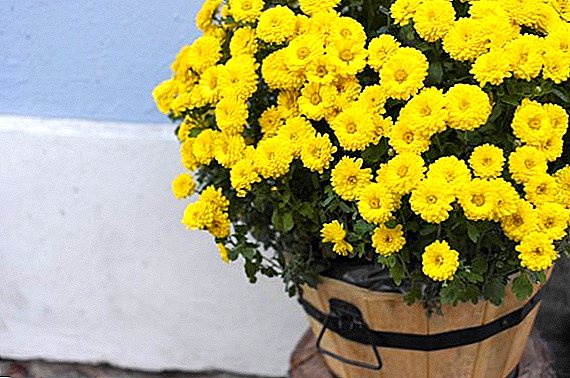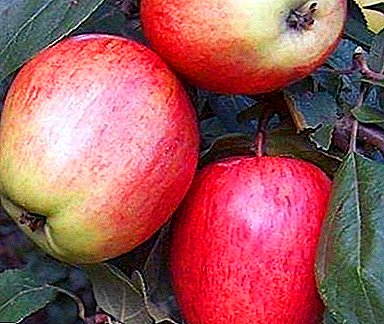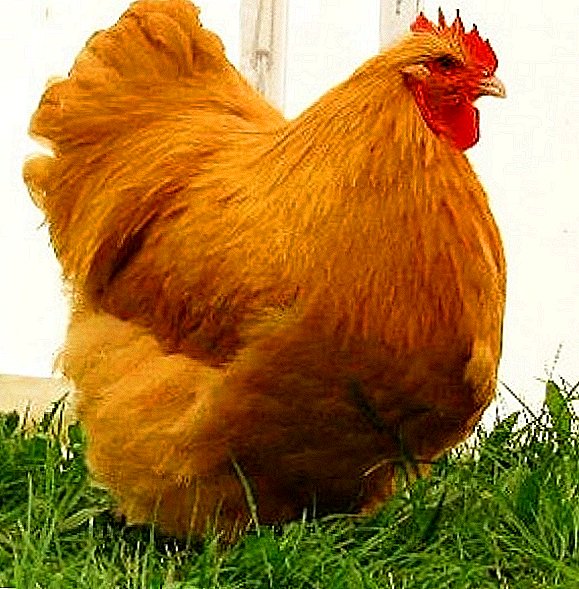
When buying new birds, in particular, chickens for their farm, amateur livestock specialists are interested not only in the egg production of one breed or another, but also in meatiness.
In the case of purposeful cultivation of chickens for slaughter, it is better to choose the breeds that were exactly for this purpose that they were bred.
One of these breeds is a species of Orpington.
The birds of this breed are quite expensive, but the money spent on the purchase of these chickens will pay off in the form of eggs and high-quality meat. Therefore, there is no need to even think about whether it is worth buying chickens or already adult individuals of this breed of hens.
You definitely will not be disappointed.

The birthplace of this breed of chickens is England, and the “parent” is the poultry farmer William Cook, who crossed the Black Langshan, Minorca, Sumatra and Plymouthrock breeds back in 1886.
This breed got its name from the place where it was bred - Orpington House.
They are characterized by Orpington chickens wide torso and chest, the head is small in size, the scallop on it has the shape of a rose-shaped leaf.
In general, these birds are very impressive in their massiveness due to the cubic shape of the body. The plumage of these animals is very active. Initially, it was black, but later the canary gene was implanted into the gene of these chickens.
It is for this reason that the color of Orpington has changed and become so bright. The paws of these chickens are mostly red, therefore, it is rather difficult to look at them because of the anatomical features of the body structure.
A special feature of this breed is a special calm. these birds. It is difficult enough to frighten them, they are even considered to be tame, as they will not try to run away if they sit on their knees.
The maternal instinct in Orpington chickens is very well developed, making them considered excellent chicks.

As for egg production, the indicators are average. From one hen in the first year of life you should not wait for more than 160 eggs, and in the second year and even less - 130 eggs.
Here in weight, these chickens can compete with even the most famous breeds that are bred on an industrial scale.
Good cock weighs about 4 - 4.5 kg, and chicken - 3 - 3.5 kg.
The meat of these chickens is dietary, and when cooked it looks very beautiful. But along with this fact, the birds are prone to rapid weight gain, that is, obesity, because of the amount of food consumed.
Also one of the disadvantages of chickens of this breed is considered fairly slow chickens, which slows down the process of breeding birds of this breed in general.
As for the issues of maintenance, feeding and protection, everything is simple. The spaces of the hens of this breed do not require much, therefore it will be easier to care for them.

Because of the tendency to obesity, the nutrition of these birds must be strictly controlled.
In principle, the procedure for feeding chickens of the Orpington breed is no different from a similar procedure carried out with ordinary chickens. Chickens need to be fed grain, herbs and grass.
If the chicken or rooster has grown up, then you can already transfer them to more adult food, in which there is a lot of calcium and protein. When the chicken starts to egg, then the composition of the feed can no longer be changed until the moment you score it.
Orpington chickens can be fed both dry and wet feed. The main thing is to give food at the same time every day.
The composition of dry feed may include wheat, soybean, cake, salt, calcium carbonate and vitamins.
Wet food is made on the basis of water or broth, in which the components of dry feed are diluted. In any case, in the food you need to add special mineral impurities, with which the bird will receive all the necessary trace elements necessary for active development.
The number of meals should not exceed 4 times per day.

Before the chickens go to bed, they need to be given whole grains, which will prevent them from freezing at night, especially in winter.
Also need to give the birds a lot of wateras the amount of liquid drunk by the chicken is 1.8 times higher than the amount of food eaten by it.
Therefore, water must be constantly poured so that it does not end, especially in summer.
Also in a separate container you need to pour the material that contains calcium, namely shells, limestone or chalk.
Approximately 2 months before the chickens start laying eggs, the birds will need to be put on a diet. You can reduce the amount of food that is given to them, but it is better to notice the varieties of grain given to be less calorific.
The protection measures for chickens of this breed are similar to those that should be carried out with regular hens. First of all, you need to monitor the cleanliness of the henhouse, where the birds are kept.
It is imperative that you regularly change and clean the litter on which animals walk, since various bacteria may develop in the straw due to the presence of litter residues. It is necessary to wash not only the troughs and feeders, but also the poles on which the birds sit during the night.

If you notice that the chickens of this breed are weakened, and this is characteristic of chickens in general, they should be immediately separated from the rest of the birds so that they are not exposed to possible infection with an infection or virus.
Against parasites that live in feathers of chickens, will work well ash and river sand baths. In these mixtures, chickens will “bathe,” thus preventing the development of microorganisms.
Orpington roosters may become anemic, if a good ventilation system is not made in the hen house, that is, there is a lack of oxygen. It is always necessary to air the coop, even in winter.
If you buy chickens of the Orpington breed, you will definitely not regret it. Dietary meat, which you actually raised yourself, will be really useful due to the lack of antibiotics or other drugs in it. That is why you should buy a couple of these birds and settle them in your hen house.



